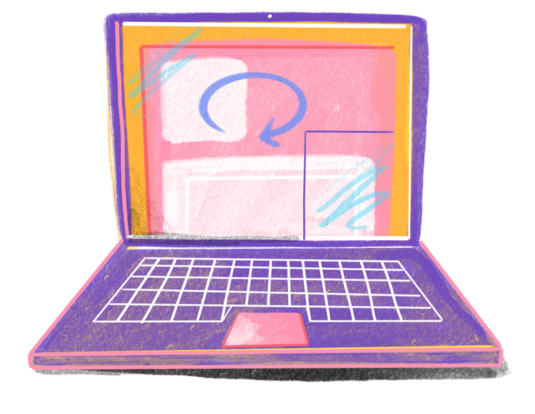In an effort to foster patient engagement, some healthcare systems provide their patients with open notes, enabling them to access their clinical notes online. In January 2013, the Veterans Health Administration (VA) implemented online access to clinical notes (“VA Notes”) through the Blue Button feature of its patient portal.
Patient Portals
Mobile Access and Adoption of the Swedish National Patient Portal
Patient portals are used as a means to facilitate communication, performing administrative tasks, or accessing one’s health record. In a retrospective analysis of real-world data from the Swedish National Patient Portal 1177.se, we describe the rate of adoption over time, as well as how patterns of device usage have changed over time. In Jan 2013, 53% of all visits were made from a computer, and 38% from a mobile phone. By June 2020, 77% of all visits were made from a mobile phone and only 20% from a computer. These results underline the importance of designing responsive patient portals that allow patients to use any device without losing functionality or usability.
Six countries, six individuals: resourceful patients navigating medical records in Australia, Canada, Chile, Japan, Sweden and the USA
In the absence of international standards, widely differing attitudes and laws, medical and social cultures strongly influence whether and how patients may access their medical records in various settings of care. Reviewing records, including the notes clinicians write, can help shape how people participate in their own care. Aided at times by new technologies, individual patients and care partners are repurposing existing tools and designing innovative, often ‘low-tech’ ways to collect, sort and interpret their own health information. To illustrate diverse approaches that individuals may take, six individuals from six nations offer anecdotes demonstrating how they are learning to collect, assess and benefit from their personal health information.
OpenNotes After 7 Years: Patient Experiences With Ongoing Access to Their Clinicians’ Outpatient Visit Notes
Following a 2010-2011 pilot intervention in which a limited sample of primary care doctors offered their patients secure Web-based portal access to their office visit notes, the participating sites expanded OpenNotes to nearly all clinicians in primary care, medical, and surgical specialty practices.
Qualitative and Quantitative Analysis of Patients’ Perceptions of the Patient Portal Experience with OpenNotes
This article analyzes patients’ perceptions about the patient portal experience with access to primary care and specialist’s notes and evaluates free-text comments as an improvement opportunity.
OpenNotes: Toward a Participatory Pediatric Health System
OpenNotes’ magic lies within the simple act of empowering patients and their family members to have access to their full medical information so that they can participate in their care (Fig 1). Providing access to clinical documentation in addition to the laboratory test results and reports in a patient portal helps to synthesize information and provide context. The notes are a vital component for multiple caretakers to better keep track of their children’s health care needs and for parents to better coordinate care for their child with medical complexity. Adolescent patients should be invited to participate by having access to their notes, with the necessary privacy controls in place, to prepare and empower them toward the goal of eventually taking full responsibility of their own health care. Pediatric and informatics leaders need to advocate for and work together with electronic health record vendors to help shape patient portals to thoughtfully support OpenNotes for the child and adolescent populations. Ultimately, moving toward a participatory pediatric health system will require more than design, technology, and policy changes; it will require a broader shift in culture.
Who Reads Their Doctor’s Notes? Examining the Association between Preconceptions and Accessing Online Clinical Notes
Patients who use online portals to review their clinicians’ notes may become more actively involved in their healthcare, but the healthcare industry knows little about factors that may facilitate or inhibit patients’ use of this new practice.
Patients perceptions of their doctors’ notes and after‐visit summaries: A mixed methods study of patients at safety‐net clinics
Patients are increasingly offered electronic access to their doctors’ notes, and many consistently receive paper After-Visit Summaries. Specific feedback from patients about notes and summaries are lacking, particularly within safety-net settings.
Will use of patient portals help to educate and communicate with patients with diabetes?
Chronic disease management can require daily attention, and increased levels of patient activation and engagement. We examined whether patients with diabetes perceive a greater benefit to having electronic access to their doctors’ clinic notes compared to patients without diabetes. We hypothesized that easy electronic access to these notes may help patients with self-care by improving education and communication.
Inviting patients and care partners to read doctors’ notes: OpenNotes and shared access to electronic medical records
Care partners were more likely to access and use patient portal functionality and reported improved communication with patients’ providers at follow-up. Our findings suggest that offering patients and care partners access to doctors’ notes is acceptable and improves communication and patients’ confidence in managing their care.



